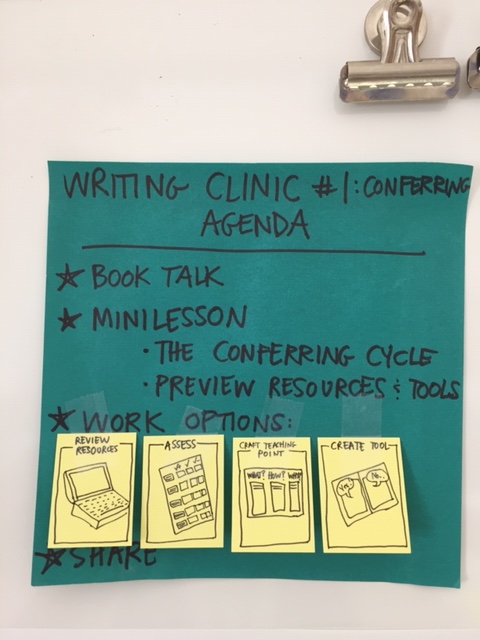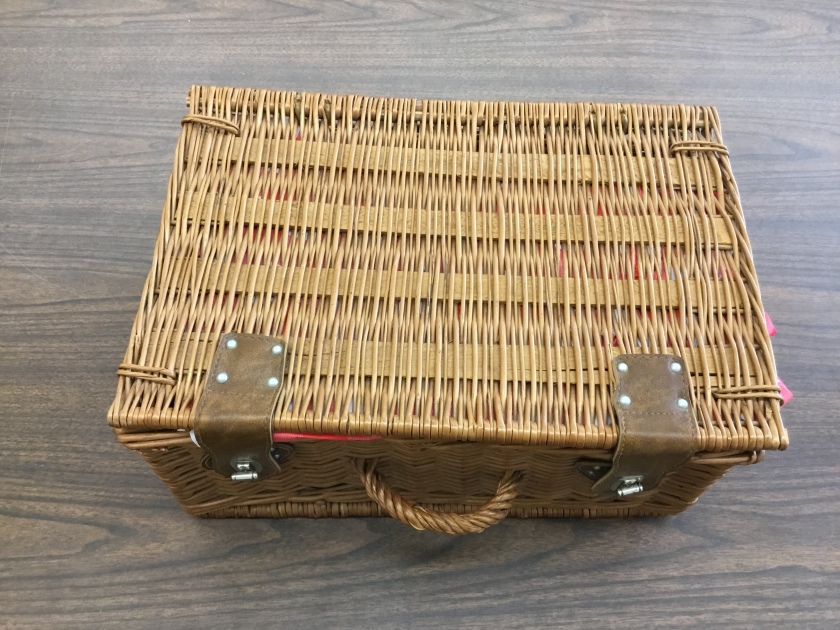Right before summer vacation begins every year, teachers urge their students to read, read, read. Not only do we want them to keep up the reading skills they’ve built up over the year, but we also want them to enjoy the freedom to choose and read whatever they want! I’m not a fan of incentive plans or book lists because I want students to build their own reading identities. But then, how do we promote summer reading for summer reading’s sake?
Although I participate in plenty of meetings with teams where we brainstorm ideas, my ideas often hit me much later, which is exactly what happened with my summer reading plan. But when that lightning bolt of inspiration struck in the middle of a sleepless, pandemic night, I knew it was “the one”. I hoped my three step plan would boost summer reading like never before.
Step One: Parents as Teammates!
The problem that inspired my three step plan was: Why don’t students DO summer reading? I had a few hunches. My first hunch was that parents didn’t realize how summer reading affected students. So the first step in my plan was to educate families. I created an eleven minute info session for families that covered the who, when, where, what, and WHY of summer reading using Loom:
As an incentive for watching the video, I did a reading swag bag raffle. They submitted their reader’s name(s), and then I used a random name picker to choose three winners. For the swag bag, I ordered a few things (sunglasses for summer reading, stickers for tracking their summer reading on a calendar, multicolored pen, and the coolest magnetic cardinal bookmark/pen) and made the rest (reading bracelet, reading stickers, and three stamped, reading-themed coloring page postcards).

I recruited my boys to help assemble the swag bags.

and even learned a new skill: How to make homemade stickers. This is totally going on my résumé.

I delivered the bags to the winners in the last week of school, and I got some great photos of them wearing their summer reading sunglasses or notebooks decorated with stickers!
Step Two: Build “Books to Read” Lists!
With parents covered, I tackled my other hunch: Students didn’t know *what* to read. How could I add to their “Books to Read” lists? I had several solutions, but this first one was, by far, my favorite.
Kid lit is my preferred genre. If you ever find me reading on vacation (ha! I have young kids, so I rarely read on vacation!), it’s almost always a middle grade novel. They’re my jam. And as a #classroombookaday ambassador and Ruth Culham devotee, I can never say no to a good picture book. It’s seriously a problem. This is all to say that I know a LOT of kids’ books! I decided to offer book recommendation consultations to families and their readers. They filled out a Google Form, and I scheduled a time for a quick Zoom to interview them and their readers. As an active seeker of joy and to make this Zoom special for kids, I decided to dress up as a fortune teller so that I could “see into their book-reading futures”! I used my Professor Trelawney costume from my Harry Potter Club stash, and I nearly bought a crystal ball. Seriously.

After getting to know the reader, I created a list of books that I thought the reader would love based on their reading interests. I shared a list with them and also a recording of me talking through the list so that they would have a brief summary of each book.

I had GREAT feedback about this service! Parents and kids LOVED it. But I only reached forty-four kids. What about the 350 others? How could I get them ready for summer reading by arming them with a list of books that they want to read? My answer: create “Getting Ready for Summer Reading” units for grades K-5. I ended up making two units: one for K-1:

and one for grades 2-5:

For both units, students created a summer reading journal to record books they wanted to read, books they read, a summer reading goal, and summer reading progress monitoring. To kick off their “Books to Read” lists, I started with a book talk before the minilesson in both units. Towards the end of both units, students created a book talk on Flipgrid, and students were encouraged to watch as many as possible to build their “Books to Read” lists.

I’m THRILLED that at the time of this posting (July 16, 2020), the book talks have been viewed 2,798 times!! That is incredible! And some students have been adding book talks over the summer! I’m so, so proud!
On the last day of the unit, we celebrated by creating a book nook at home, decorating a summer reading book bin, hosting a digital book tasting, or creating a PSA about the importance of summer reading:

Some students emailed me photos of their book bins, which I loved seeing (and I couldn’t resist recommending a couple books to them in my response to them!)! Making this unit was something that kept me sane in the last weeks of crisis teaching last year because it was full of joy and student-centered. I hope that it becomes a staple end-of-the-year routine for years to come!
Step 3: Maintain Reading Contact Over the Summer
To personalize motivation, I plan to send postcards to as many students as I can halfway through the summer. I’m going to DIY the postcards using empty packaging and glueing on a reading-themed coloring page. This artist has a collection of free reading-themed coloring pages (scroll down to “Words and Quotes Coloring Pages) that I’ll use for the postcards. I’ll inquire about books they’re reading, how they’re doing with their summer reading goal, and encourage them to keep adding and referring to book talks to the Flipgrid. I can’t wait to mail them soon!
When we return to school in September, whether it’s face-to-face, remote, or hybrid, I plan on conducting a survey of every first through fifth grader about their summer reading. Some questions might be: how many books did you read this summer, did you make a summer reading goal at the end of the previous year, did you meet your goal, how much did you enjoy reading this summer, etc. I can’t wait to hear what students say.
Happy reading, y’all.





 “Assess” Tool: Formative Assessment using Checklists from the Units of Study
“Assess” Tool: Formative Assessment using Checklists from the Units of Study “Craft a Teaching Point” Tool: What/How/Why Planning Template
“Craft a Teaching Point” Tool: What/How/Why Planning Template
 “Create a Tool” Tool: Checklist Sorting Mat (front)
“Create a Tool” Tool: Checklist Sorting Mat (front)


 My literacy coach consult booth during conferences
My literacy coach consult booth during conferences




















